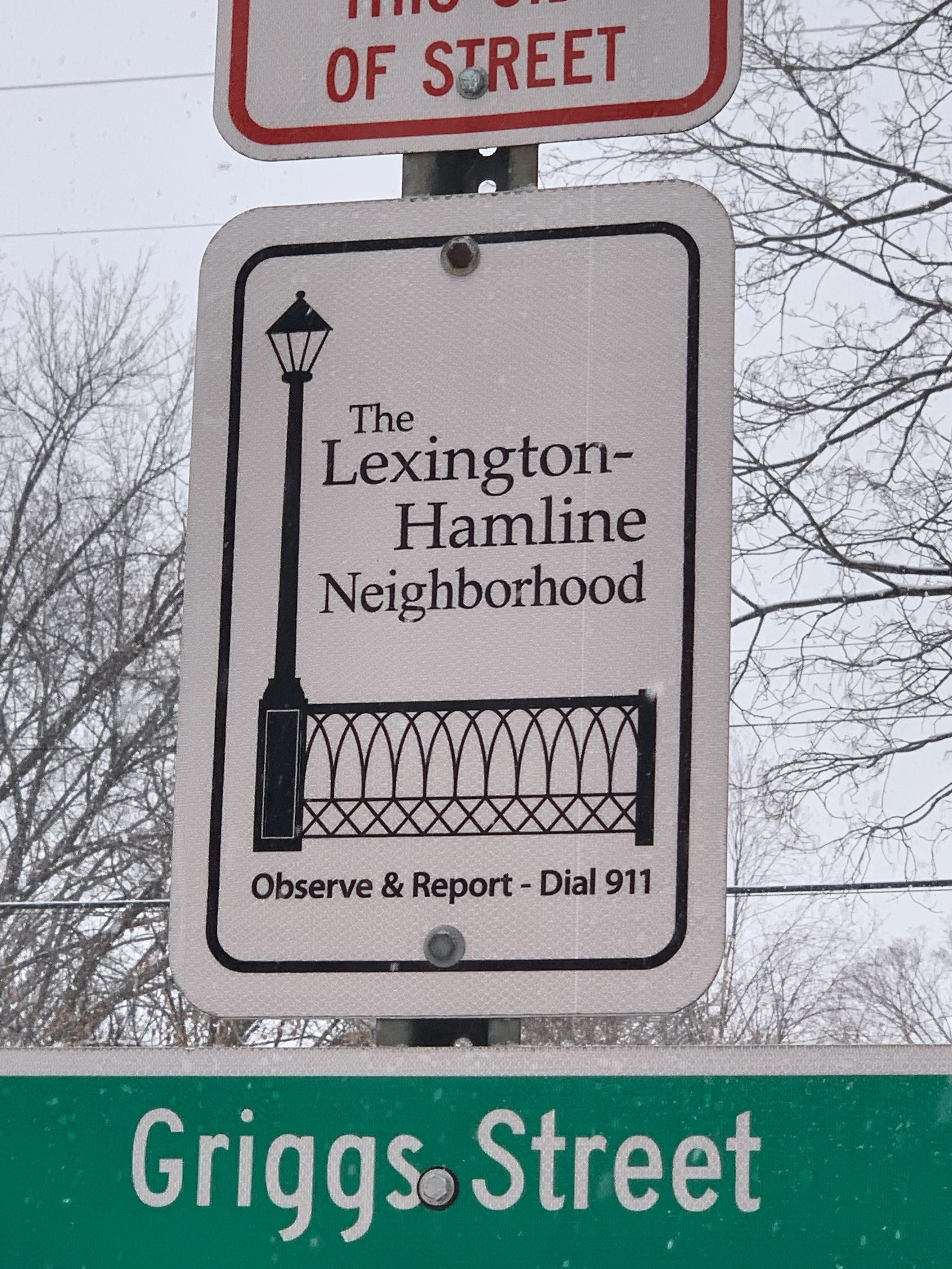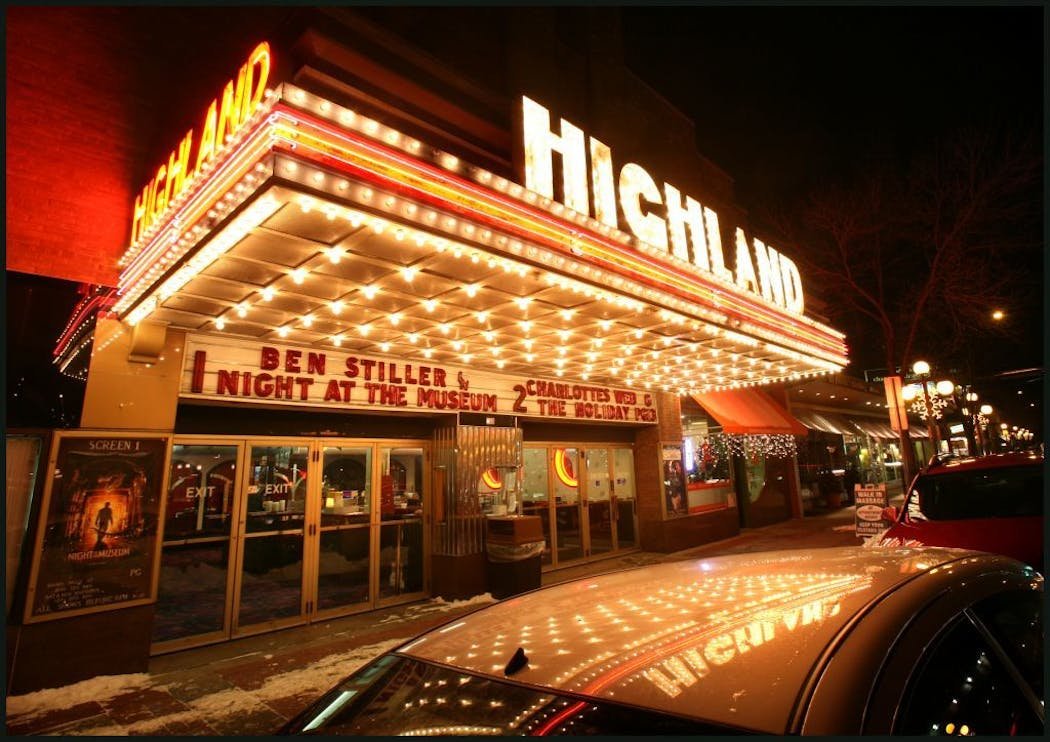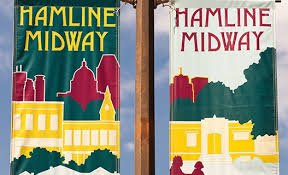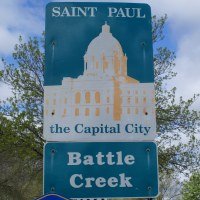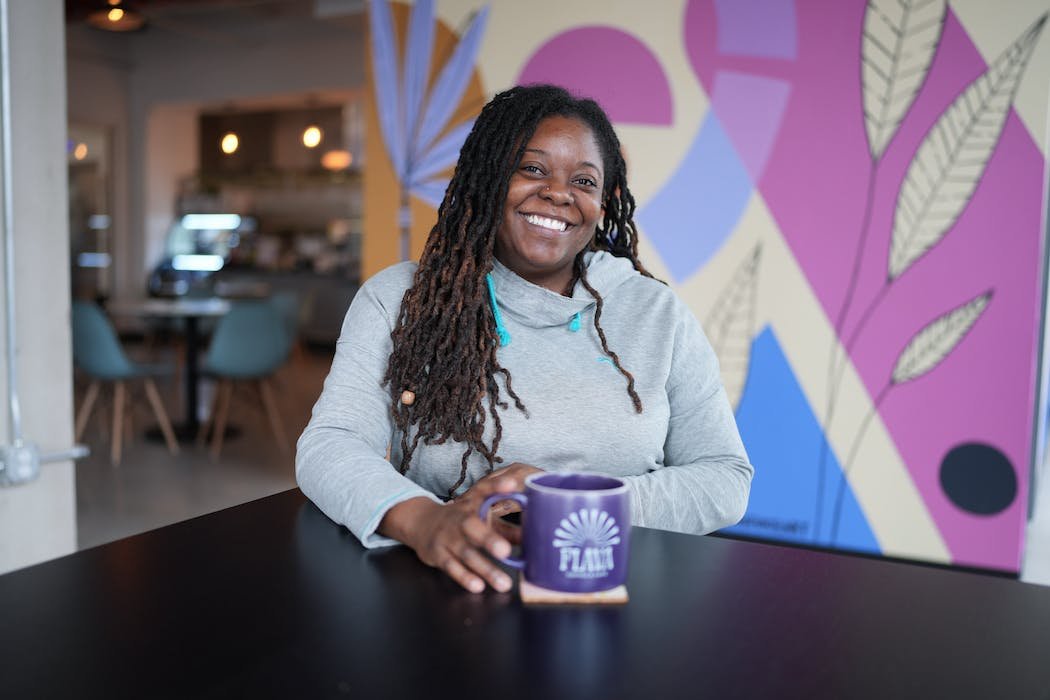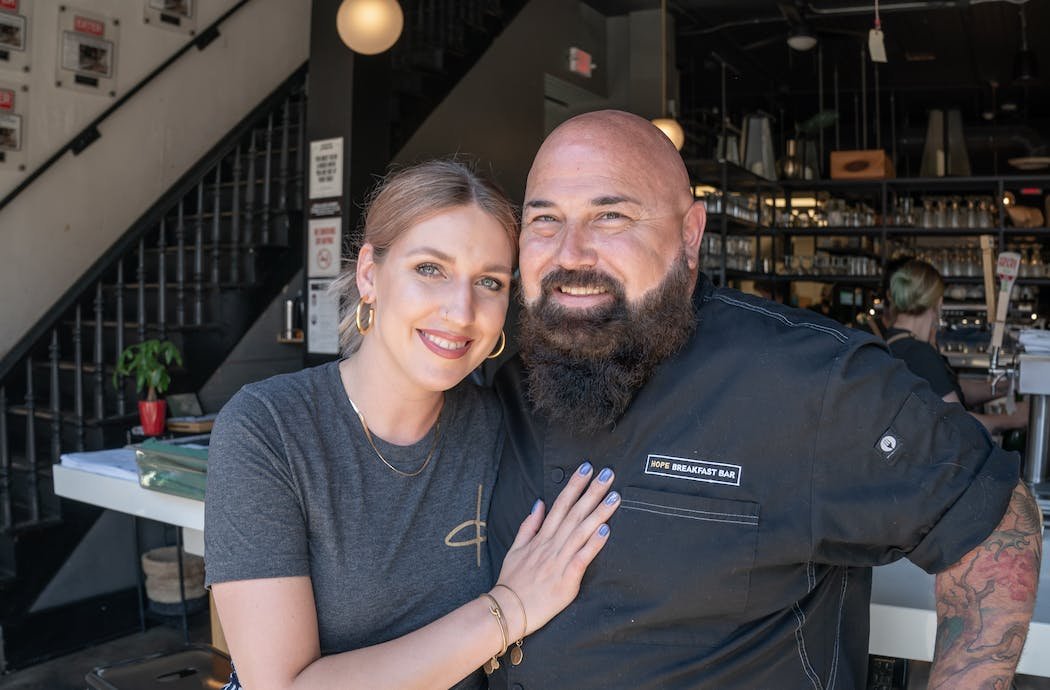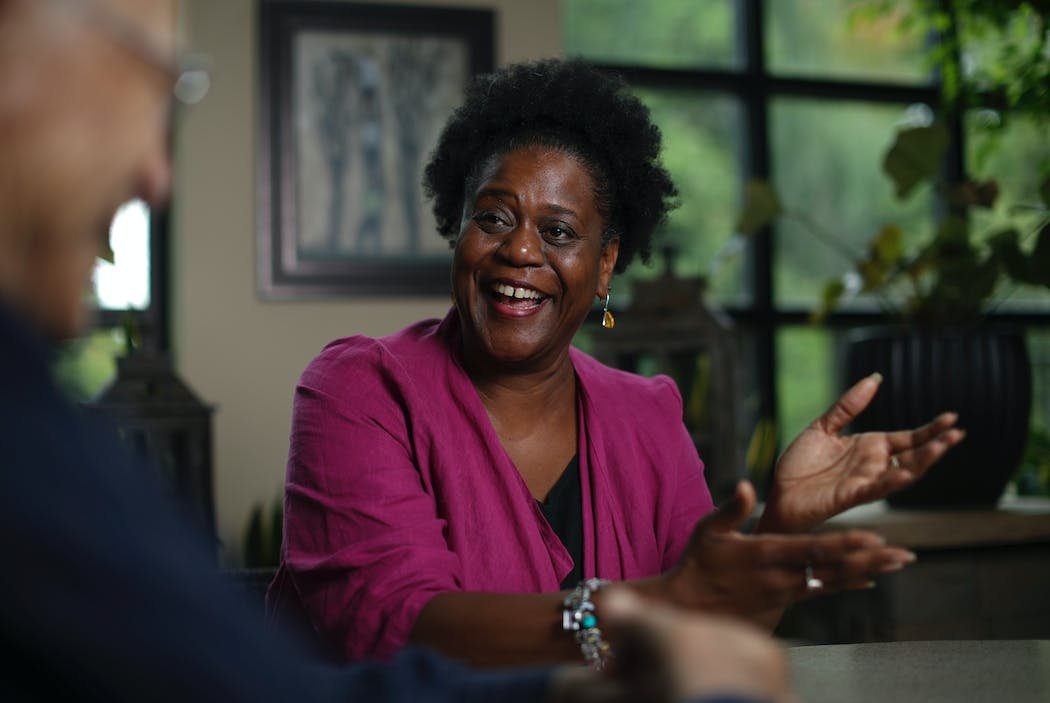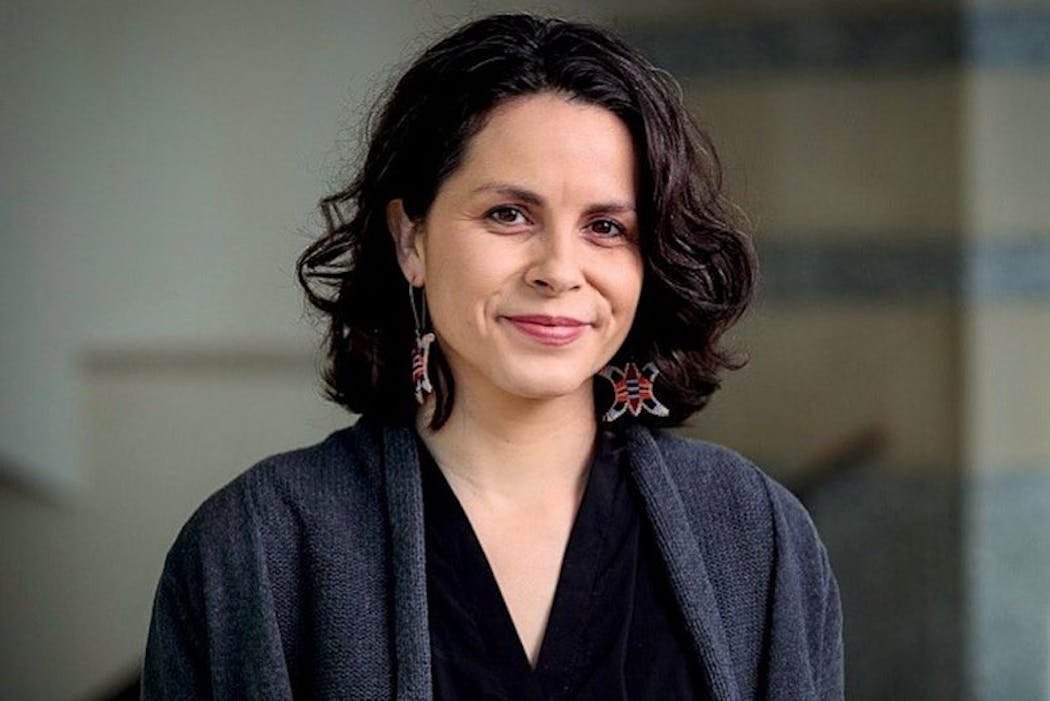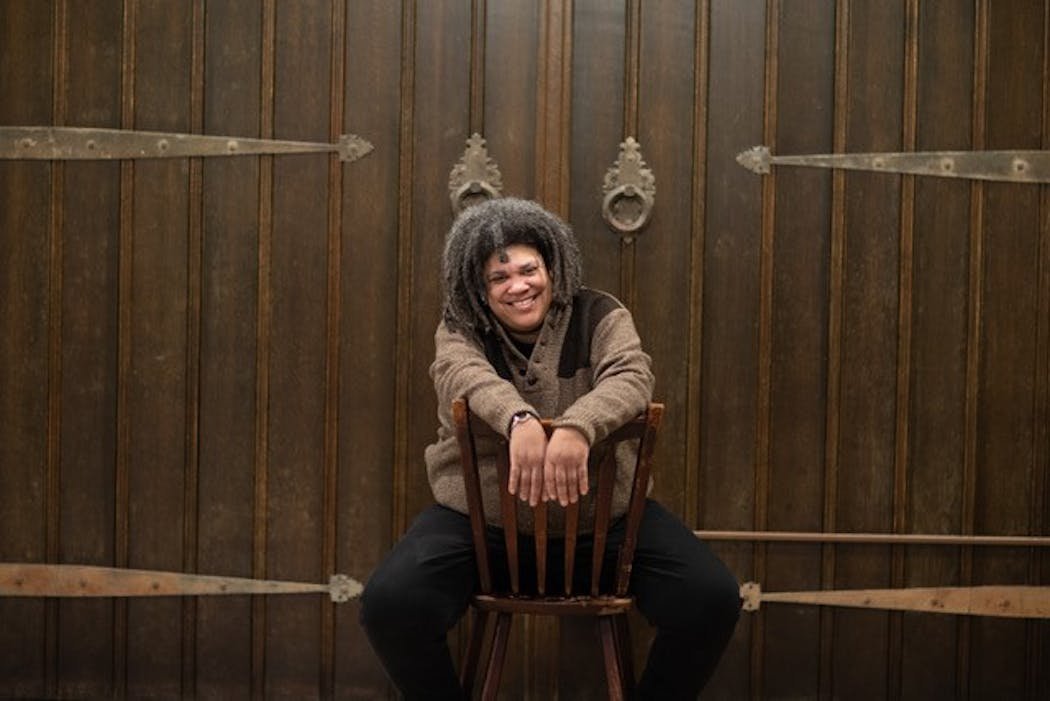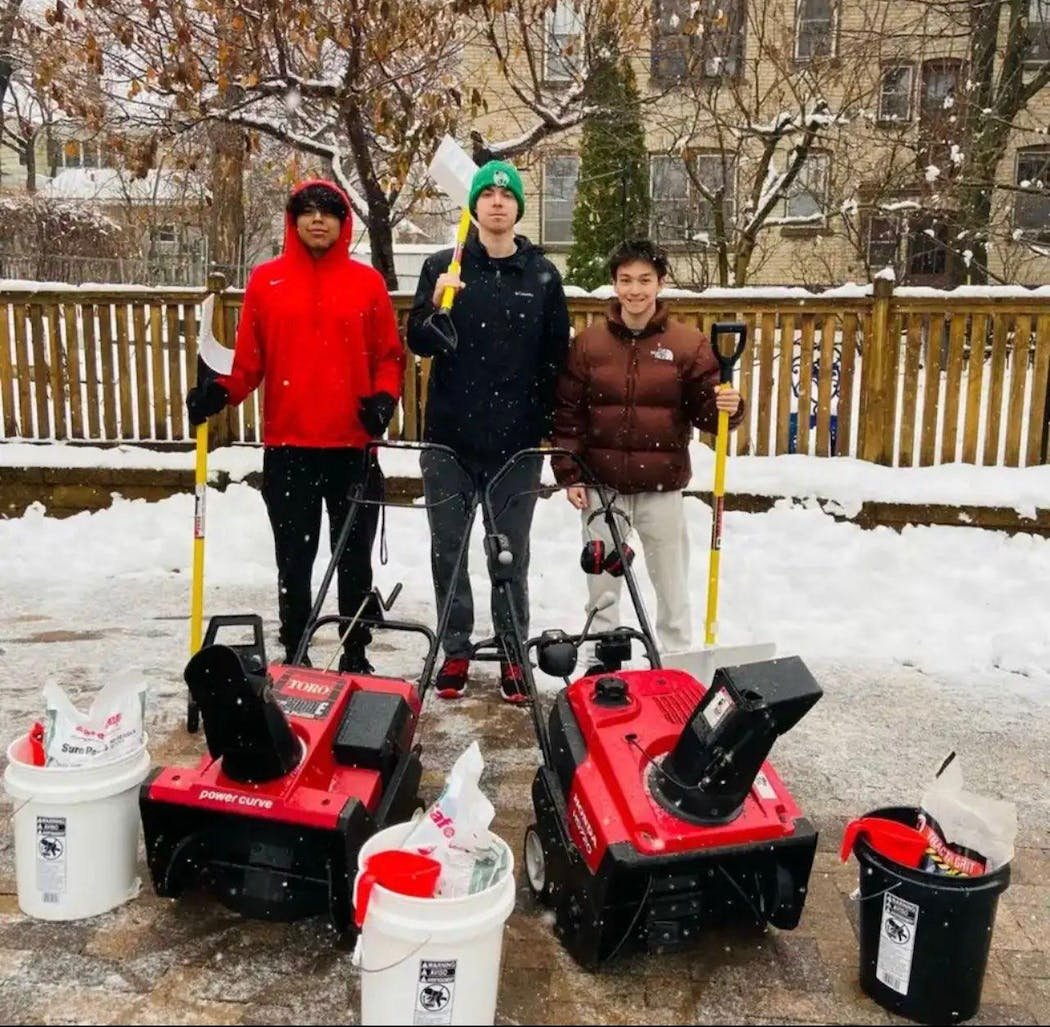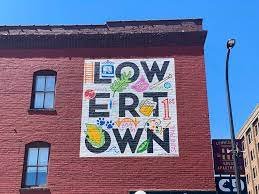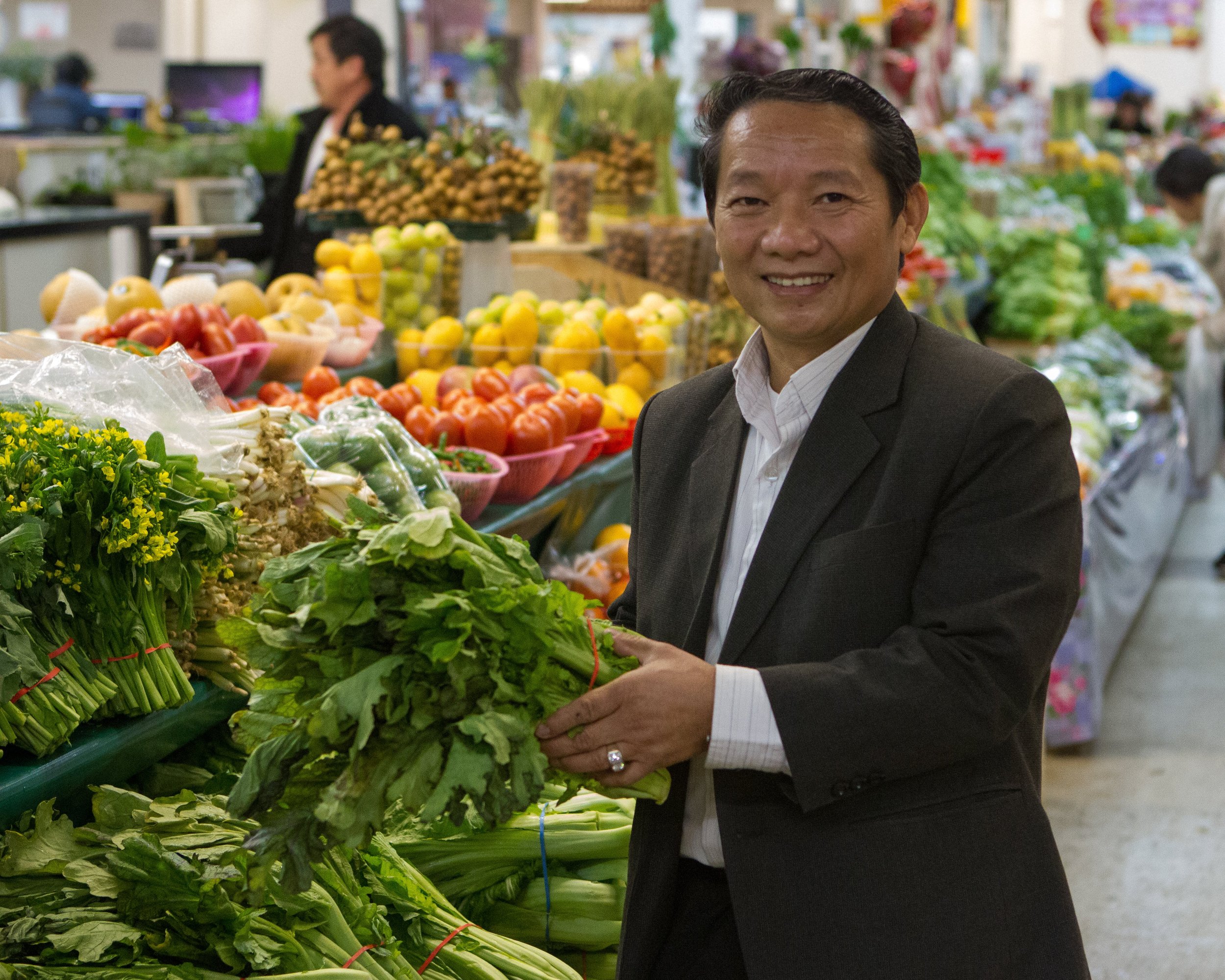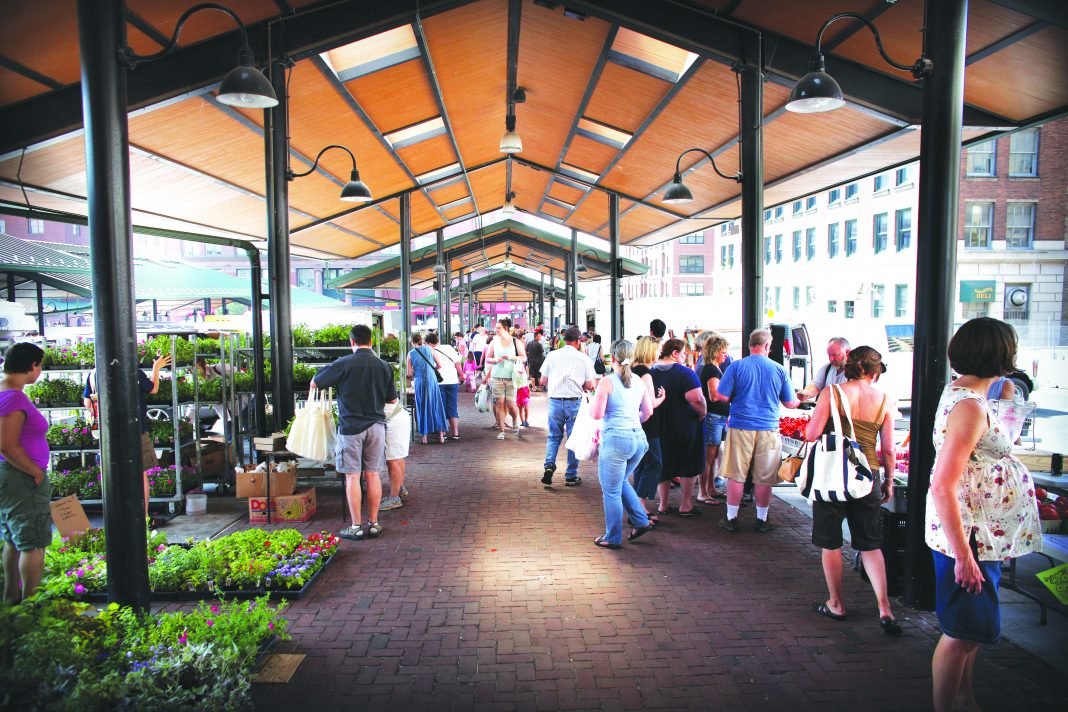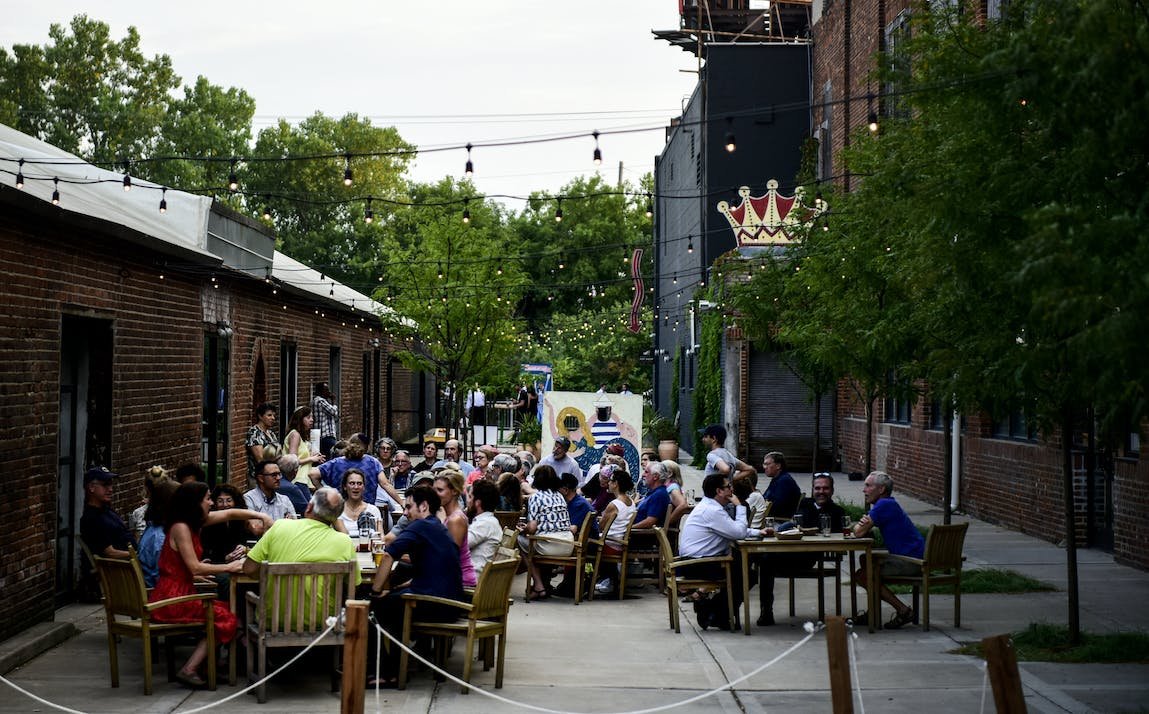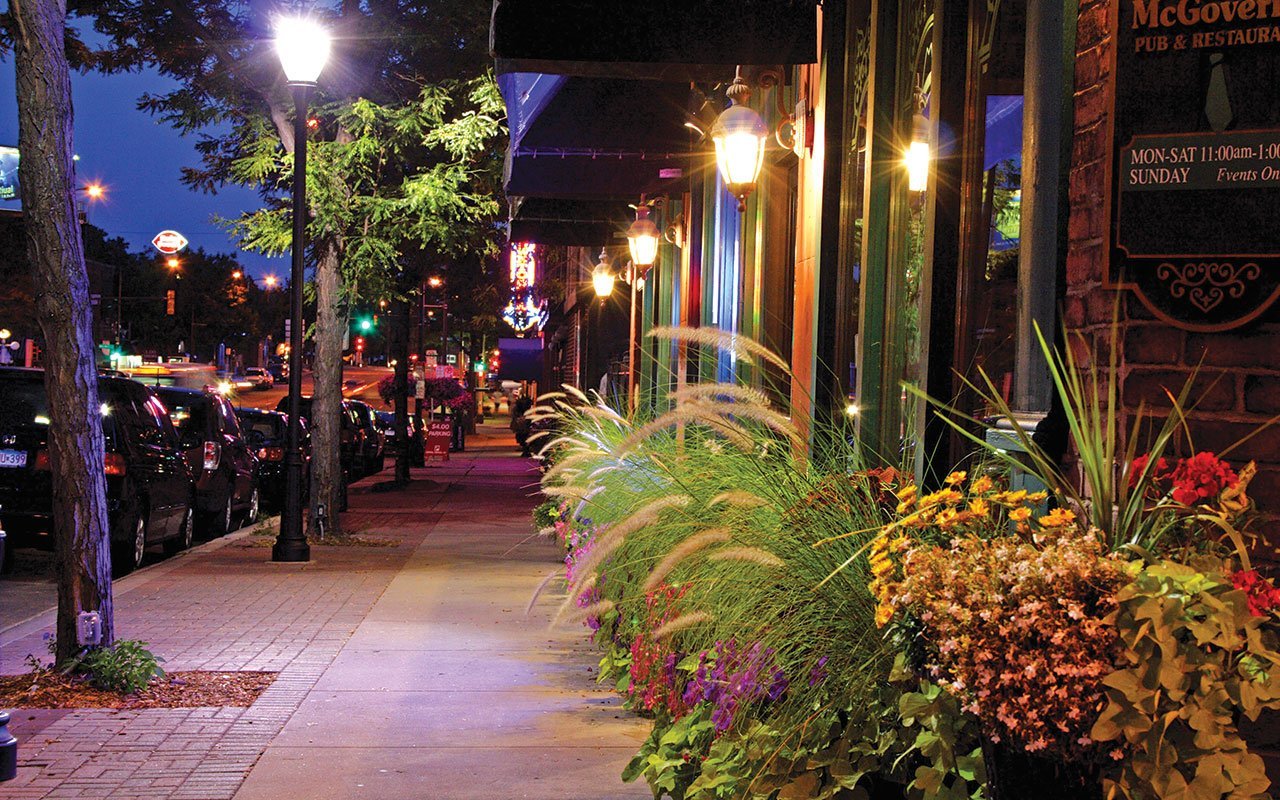James Walsh - Eye on St. Paul
/James Walsh - writer, neighborhood observer, proud son of st paul. photo: Tracy Nordstrom
St. Paul is a city of neighborhoods, and James Walsh – writer and native-born son – knows somebody (or 20 somebodies) in each one of them. By his own admission, when he first meets another St. Paulite, introductions start with “Where did you grow up?” and riff from “What High School?” and “Did you know so-and-so?” to find common ground, even if the person left St. Paul long ago.
“Six Degrees of Separation,” says Jim (that’s what his St. Paul friends call him). “We’re neighborhood centric. Where you grew up makes a difference.”
Jim has crafted a writing career burnished by place-based inquiry, and it animates his storytelling. Even though he was a shy kid, Jim says, “I was a shy kid who lost his shyness because I could ask questions.” Being known in St. Paul’s Summit-University neighborhood (“the neighborhood I grew up in and still live in”) and knowing others fueled confidence: “I found something I did well. I could write. I could talk to people. I resonate with others.”
Today, Jim writes a weekly feature called “Eye on St. Paul” for the Star Tribune. After 36 years covering cops and courts, City Hall, schools, Ramsey County, and rural issues, “Eye on St. Paul” is a human-centric companion to Jim’s daily beat. Each profile (an introduction and a Q & A) is less rat-a-tat-tat facts and more conversational, a coffee break with a new friend while the wild world spins. And if the softer side of Jim’s hard-news self is showing, his ego and bona fides remain: “It wasn’t my goal to write positive stories about St. Paul because that’s what I want, but because that is what is happening.”
Importantly, Jim’s professionalism includes truth telling AND joy as he celebrates hometown heroes: the ordinary folk, the people we all know or want to know. His chosen subjects seem to channel Jim’s own geeky adoration of the town where he grew up. One subject, Steven “Wolfie” Browender (of Highland Park), is on a quest to bike all 1800 miles of St. Paul’s surface streets. Describing his delight in his self-directed endeavor, Mr. Browender tells Jim:
I love seeing places I've never been. There's so much. I mean this city is fascinating. There are so many neighborhoods. Unusual, quirky, funny, weird, sobering sights. And almost every block offers something.
And what keeps him going, Jim asks, what sustains his sense of discovery?
I’m sure it’s true of every city — but these natural boundaries, like the freeways or big buildings, it creates these really unusual, funky cool sections that nobody knows about. And you have no reason to go there unless you … go there.
And go there, Jim does. In under 1000 words, “Eye on St. Paul” addresses everyday realities: friendship, racial disparities, food, crime, restorative justice, urban decay, urban renewal, sports icons, health, compassion, homelessness, coffee, shoveling snow, and other important elements of the human condition. In “Eye on St. Paul,” Jim lets his neighbors tell their stories and lets readers listen in:
In one “Eye on St. Paul” profile, Jim introduces educator, activist and artist Robin Hickman-Winfield who began creating Black dolls so Black girls could have dolls that looked like them and Robin continues creating to inspire Black women (and others) to envision new possibilities. What inspired her to create familiar likenesses? “I have elders in my life who are invincible.”
Jim probes restauranteurs Sarah and Brian Ingram (Hope Breakfast Bar, Gnome, The Apostle Supper Club) on why, despite rising crime, they refuse to give up on St. Paul. “Right now,” the couple admits, we are “suffering from all this violent crime that is happening. We want to be part of righting the ship. We're trying to make St. Paul what it was and what it should be."
Jim interviews Angie Wiese, St. Paul’s newest Director of Safety and Inspections. She describes how her dad (a St. Paul Fire Captain) focused on people and built relationships in the moment: “My dad couldn't tell you who our elementary school teacher was in any given year. But he enjoyed people the very moment he was with them. When we had friends over to the house, he couldn't tell you their parents' names, but he would tell them, ‘I'm so glad you're here.’
“Eye on St. Paul” marks humans as complex and evolving. Jim’s subjects might not present “all praise and bouquets” (his words); they do, however, honor hope and gumption as well as offer the hard-earned and the not-fully-formed.
In a way, Jim learned those lessons, too, on the football field at Jimmy Lee Park in the 1970’s where he was “one of two white kids on the team.” At the time, the neighborhood (Old Rondo) was primarily African American and “unforgiving for a little white boy with thick glasses.” Jim felt the outsider; he was mugged one day by the JJ Hill School, remembering, painfully: “They took my chocolates.”
But the football player in him persevered, and, over time, Jim cracked the neighborhood Zeitgeist. He kept playing ball (earning varsity status at both St Paul Central High School and at the University of St Thomas) and he bonded, irrevocably, with both place and the people. “When ‘D-Seg’ happened [desegregation of St. Paul Schools],” Jim says, “my buddies would taunt [the new white kids], ‘Honky! Hey, Honky!’ and look at me, ‘Oh, Jim, not you.’ These were my friends, my best friends, my neighbors. I was still a white kid, but I was the white kid.”
Likewise, the city has grown and changed. “Selby-Dale is different, University and Dale is different,” Jim says. “School kids in St. Agnes uniforms used to walk past X-rated movie houses there.” He remembers insults indicting those particular intersections as bad, and no place ‘Your mama!’ should be caught working. He pauses and nods his head: “St. Paul knocked it all down, has turned it into other things.”
Policies, too, are finally meeting people where they are. “I wrote about Career Path Academy,” Jim offers. “St. Paul Police, recruiting kids of color to become cops.” Lots of kinks to work out, he admits, from vision to practice, and change is slow, but percentage points in hiring are inching upward. “The new recruits are coming from the East Side and Frogtown,” he says confidently, stressing that when people are from here and live here, they understand and work in community differently. The new cops, Jim smiles, “have Hmong and Somali surnames.”
Law enforcement career path academy. Photo: city of st paul
Taking the long view, Jim is optimistic about St. Paul and so, too, are others. “Population is now 311,000, up from 270,000,” Jim remarks. “The highest since 1962.” And the city, overall, is improving as it grows. He adds context:
There has been gentrification, some displacement. I heard ‘The Green Line is displacement,’ and you’re right. It displaced a lot of mom-n-pop businesses. But they are going to other areas where rent is cheaper. That is how it always goes. Things churn, things change.
Philosophically, he continues:
What makes me worried is when things don’t. You see ‘For Rent,’ ‘For Sale’ signs. But people are buying, are moving in. It’s not dead.
Jim credits his love of history and biographies with why he takes the long view in St. Paul. That, he laughs, and because, “I’m old now. I’ve seen a lot here. I’ve been around.” He is emphatic that his city is better because “I’ve seen it with my own two eyes that it is better: more comprehensive, more diverse, other groups are doing better, too. Not just white people.”
Then he gets personal. He offers a Q & A to his writer self, to his neighborhood self: “What has changed in St. Paul? What will change St. Paul? It’s a combination of neighborhood folk, entrepreneurs, City Hall.” He swoops his right hand in a gesture around Golden Thyme Café where he sits, not far from where he lived as a kid, and near where he lives now. He talks about Golden Thyme’s owners, Mychael and Stephanie Wright, whom he has profiled, whom he knows. “This place is doing well. This is a successful Black-owned business. Mychael is on the Board of Rondo Land Trust. They are buying buildings, putting affordable housing here.”
And what of St Paul’s other neighborhoods?
Jim has an answer for that question, too. “Lowertown is alive. Energy Park is alive. Hamline-Midway is growing. West 7th? Downtown? The Creative Enterprise Zone? It’s hard not to be optimistic when you are objective.”
Resources:
James Walsh and his writing: https://www.startribune.com/james-walsh/6370562/
Photos of St. Paul neighborhoods and events: From Eye on St. Paul and Star Tribune photographers, including: Glen Stubbe, Jeff Wheeler, Aaron Lavinsky. Photo of Frogtown mural: Kuoa Mai Yang. Photo of Kate Beane: Kate Beane. Head shot of James Walsh plus neighborhood signs: Tracy Nordstrom.



